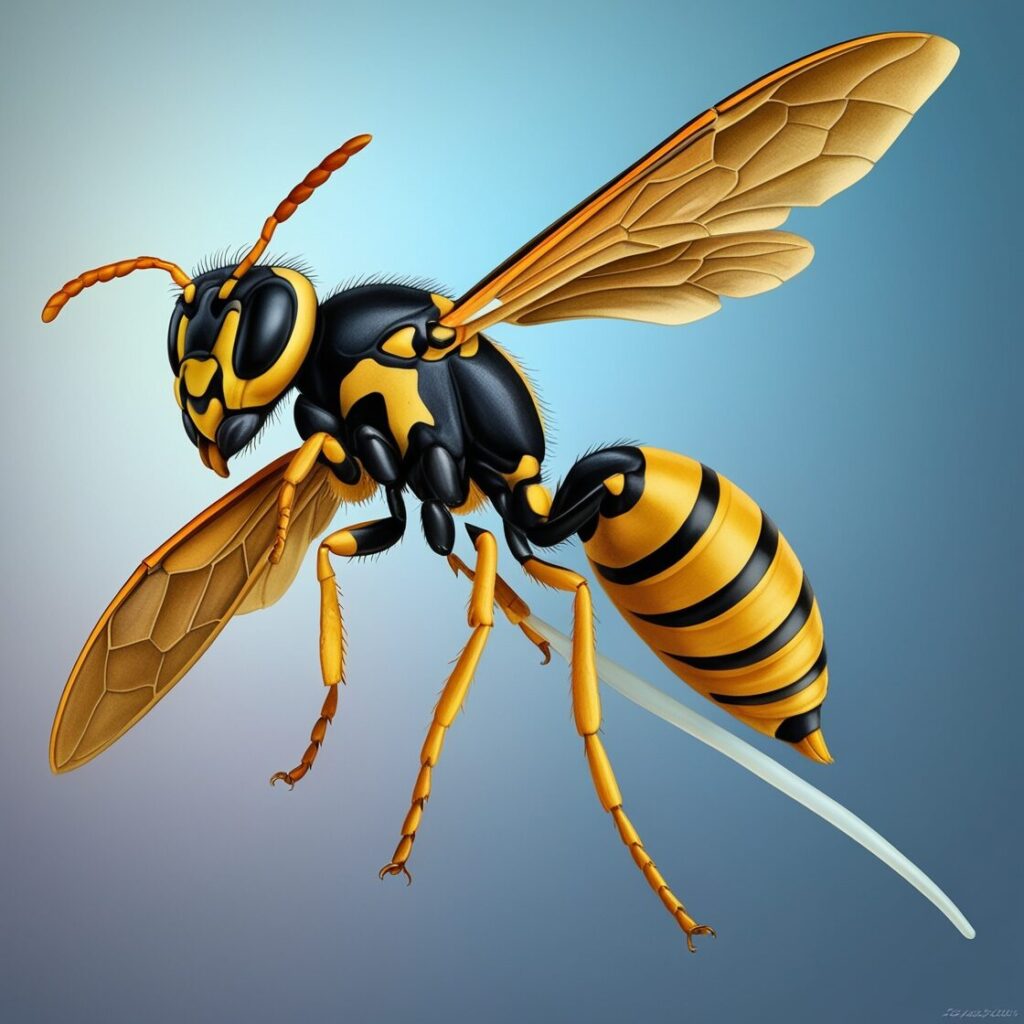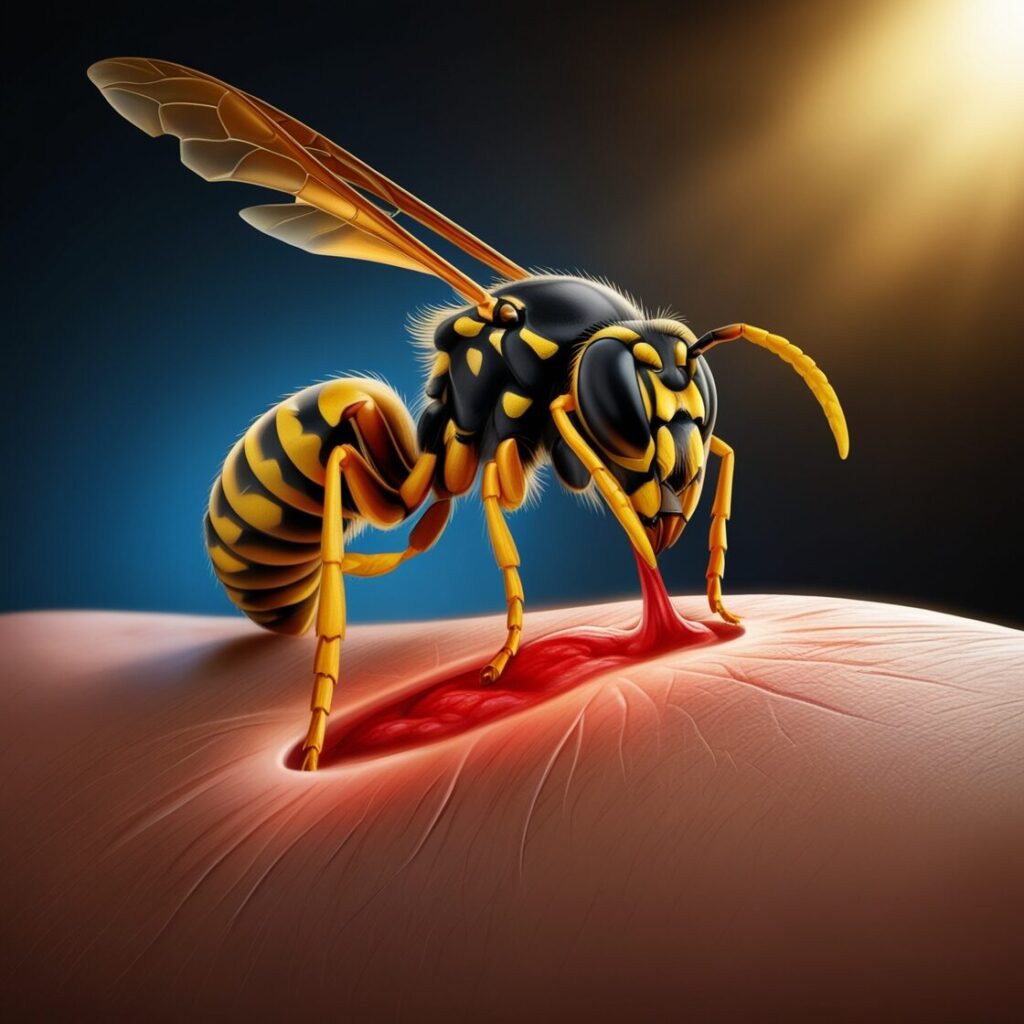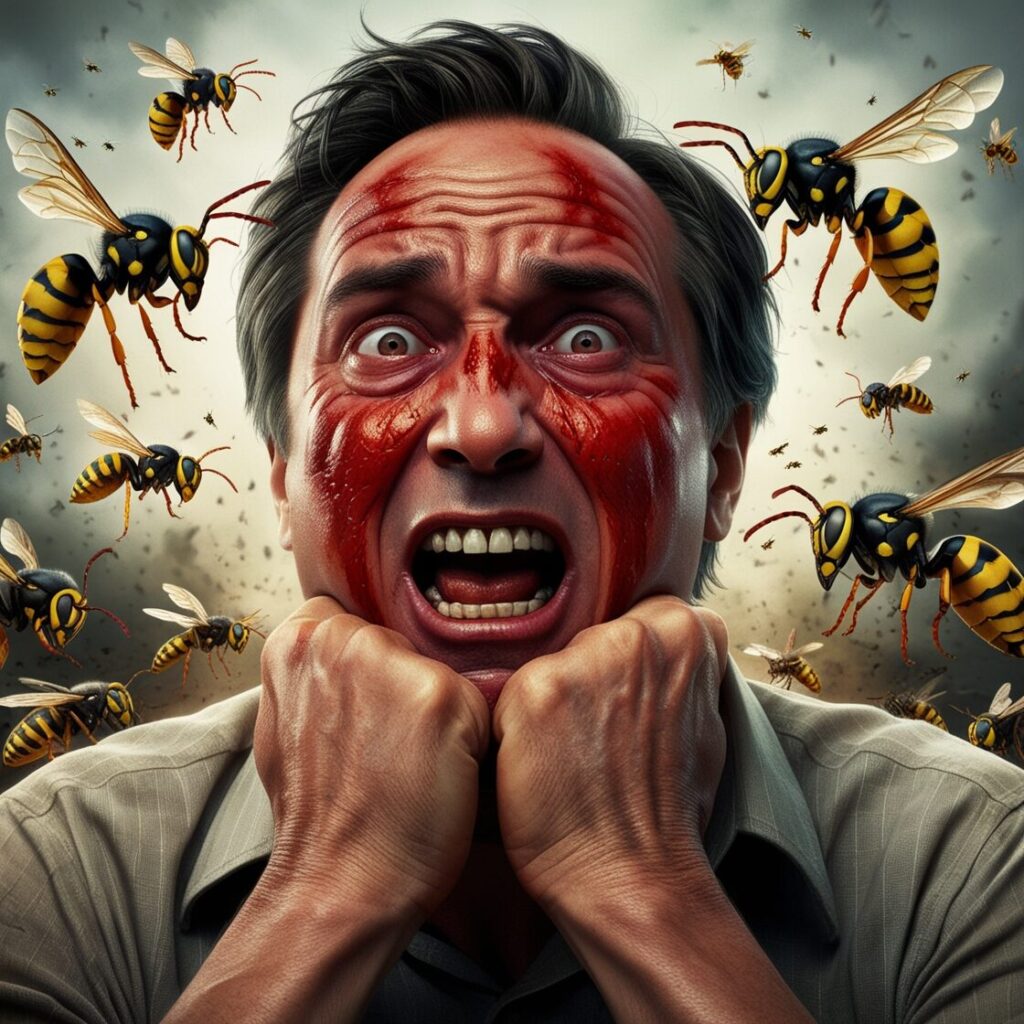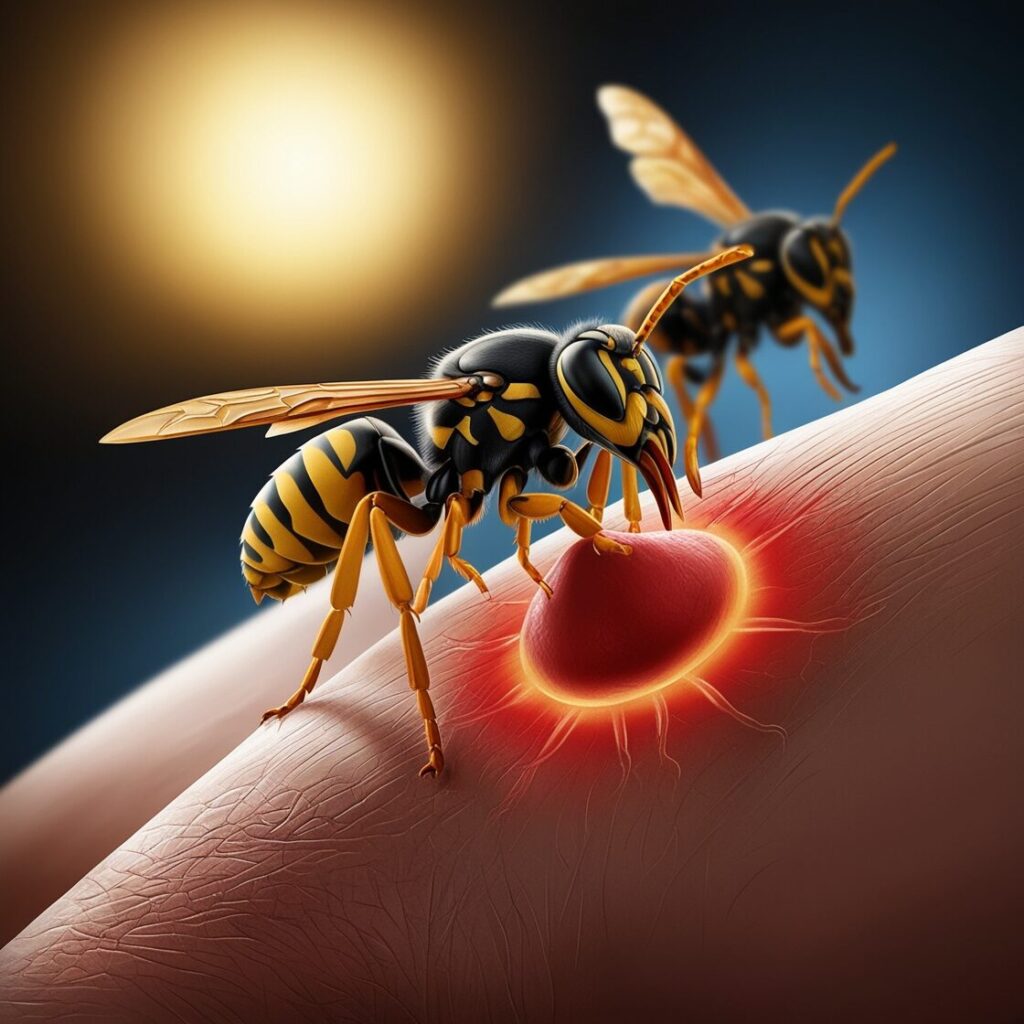Are you worried about what to do if you get stung by a wasp? Don’t worry. This article will provide you with all the information you need to handle a wasp sting safely. knowing how to respond when you get stung can help you stay calm, reduce discomfort, and avoid more stings.
This post will walk you through the exact steps to take if you get stung by a wasp, from quick first-aid actions to effective treatments and ways to avoid stings altogether.
By the end, you’ll have everything you need to stay safe, informed, and wasp-proof. First, let’s get into why a wasp might sting you
Why Wasps Sting

Just like how any human will try to protect themselves when they’re in danger, wasps also sting when they feel threatened or scared. if you get too close to their nest or make sudden movements around them. They will attack you to keep themselves and their home safe.
It is important to note that they are not out to “get” us; they’re just trying to protect themselves. However, wasps do have a unique trick up their sleeves, they can sting multiple times without dying, unlike bees. This is why it’s crucial to remain calm around wasps and follow safe steps if you get stung.
Immediate Actions for Wasp Stings

Getting stung by a wasp can be scary, but acting fast can help ease the pain and prevent complications. Here’s what to do right away if you or someone nearby is stung:
Move Away Slowly: The first thing to do is to move away from the area where the sting happened. Wasps release a pheromone when they sting that signals other wasps to defend their territory, which can lead to multiple stings.
Calmly and slowly walk away to a safe distance without swatting or flailing your arms, which could attract more wasps.
Clean the Sting Area: Wasp venom contains proteins that cause pain and inflammation, and cleaning the sting site is essential for removing venom traces and reducing infection risk.
Use soap and water to wash the area gently, paying attention to any swelling or redness. You can also carry cleansing wipes when hiking or outdoors for quick cleanup.
Apply a Cold Compress: Applying a cold compress or an ice pack wrapped in a cloth to the sting can help reduce swelling and numb the area, providing immediate relief from pain. Keep it on for 10 minutes, then remove it for a few minutes before reapplying.
The cold constricts blood vessels, slowing the spread of venom and easing inflammation.
Recognizing Allergic Reactions and When to Seek Help

For some people, wasp stings cause serious allergic reactions that require immediate medical attention. Symptoms of an allergic reaction can develop within minutes of being stung and may include:
- Difficulty breathing
- Swelling of the face, lips, or throat
- Nausea or vomiting
- Rapid pulse or dizziness
- Severe pain or worsening redness around the sting area
If you or someone else experiences these symptoms, seek emergency help right away. Anaphylaxis, a severe allergic reaction, can be life-threatening without prompt treatment.
Preventing Wasp Stings: Practical Tips for Staying Sting-Free

Prevention is key when it comes to wasp stings, especially during late summer when wasps become more aggressive. Here are some practical tips to reduce your chances of getting stung:
Dress Appropriately: Wear long sleeves, pants, and closed-toe shoes when you know you’ll be in areas where wasps are active, like parks or hiking trails.
Avoid bright colors and floral prints, which can attract wasps mistaking you for a food source.
Use Wasp Repellents: There are various natural repellents, such as peppermint oil, that can deter wasps from getting too close.
Dilute a few drops of peppermint oil with water in a spray bottle, and lightly spritz around areas where you’ll be sitting outdoors.
Keep Food and Drinks Covered: Wasps are drawn to sugary foods and drinks, so keep them covered when eating outside. If you’re drinking from a can, cover the opening when not sipping to prevent a wasp from crawling inside (a common cause of stings around the mouth!).
Avoid Perfumes and Strong Scents: Strong perfumes, lotions, and shampoos can attract wasps, as they often resemble floral or fruity smells. Try to go scent-free if you’ll be in areas where wasps are likely to gather.
Handle Nests Safely: If you discover a wasp nest on your property, avoid trying to remove it yourself, especially if it’s near doorways or high-traffic areas. DIY removal can be dangerous. Instead, contact a pest control professional trained to handle wasp nests safely.
Seeking Medical Help and Long-Term Prevention
If you’re experiencing worsening swelling or itching after a wasp sting, seeking medical help is recommended.
Long-term prevention is key to avoiding future stings. To ensure accurate and reliable information, let’s take a clear and concise approach.
First, it’s important to consult with a doctor or allergist for prevention and future precautions. They can provide guidance on avoiding stinging insects and recommend appropriate preventive measures.
Additionally, knowing first aid can help ease pain and protect your family. Be aware of your surroundings to avoid getting stung and consider consulting a pest control professional to remove wasp hives. Attempting removal yourself can lead to serious stings.
Conclusion: Stay Calm, Stay Safe
Dealing with a wasp sting doesn’t have to be overwhelming. With these simple steps, you can take control and minimize pain, reduce the risk of complications, and prevent future stings.
Whether you’re outdoors hiking or enjoying a backyard barbecue, a little preparation goes a long way in staying safe.
Remember: stay calm, act quickly, and don’t hesitate to seek help if an allergic reaction occurs. Enjoy your outdoor adventure